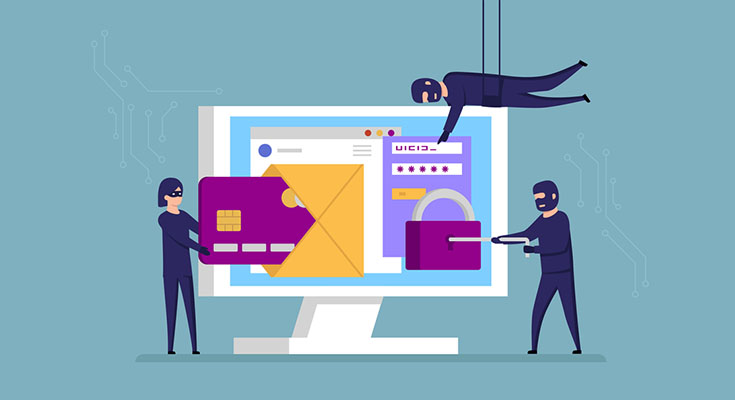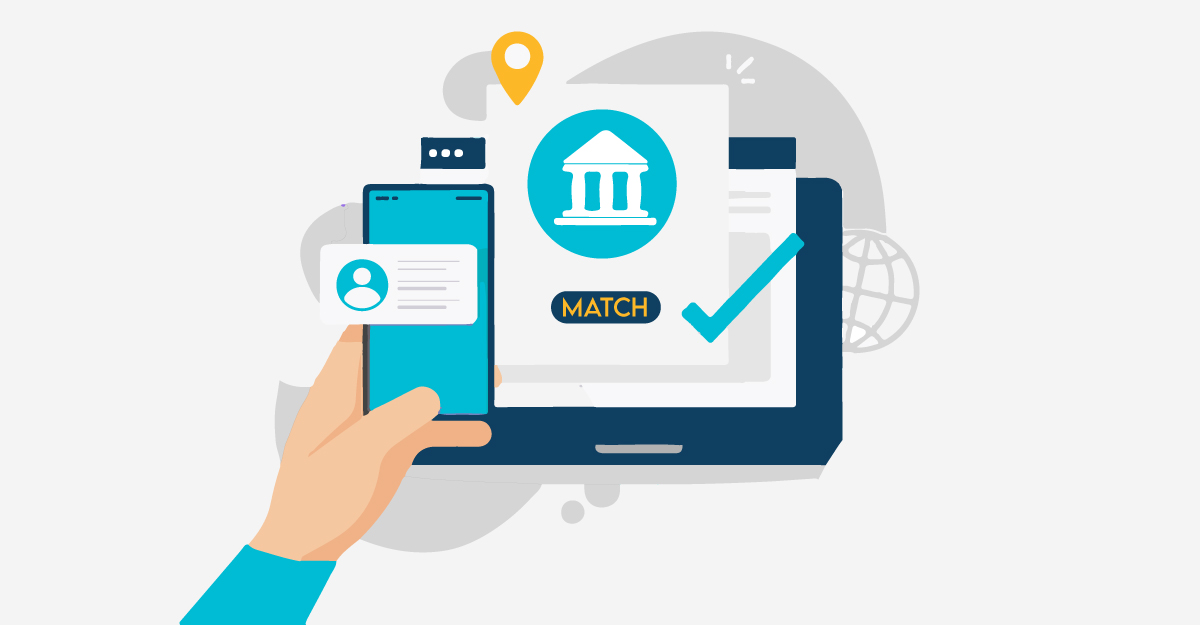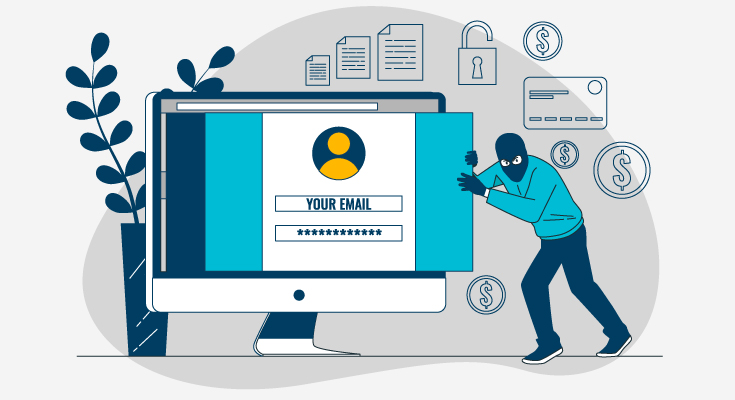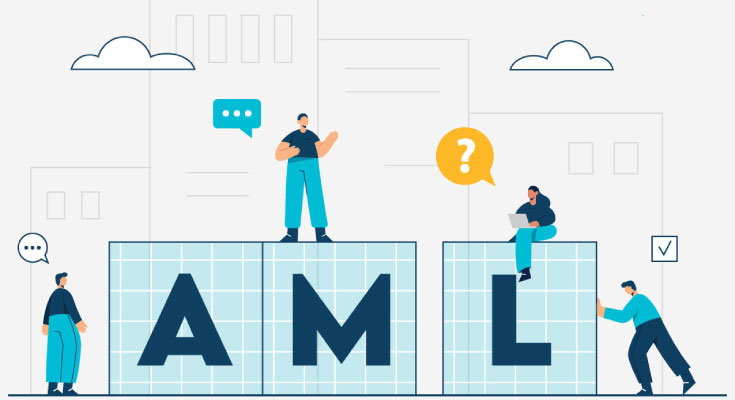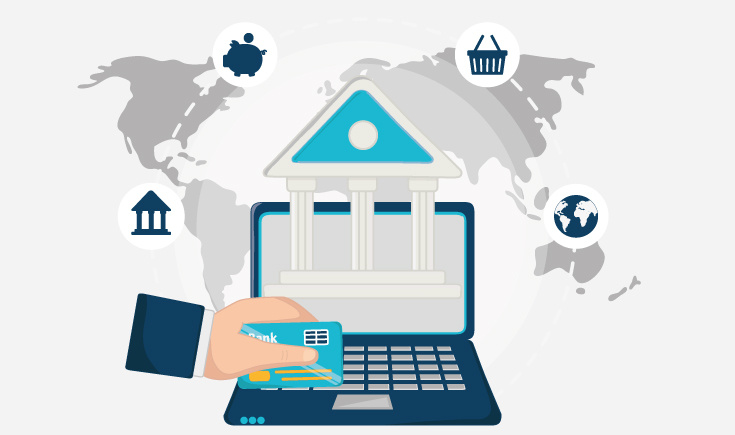Finding and following effective AML programs to ensure Anti-Money Laundering compliance throughout organizations is crucial for all businesses. Keeping up with effective AML policies, procedures, and utilizing the latest technologies can assist an organization in protecting itself from money laundering.
However, not every organization follows the best practices for anti-money laundering compliance which can cause problems in the long term. Not following up with proper AML regulations can make the organization susceptible to multiple financial crimes such as terrorist funding, stealing of funds, and other financial frauds. AML regulation also has a subset known as “KYC compliance” that is crucial for businesses as well to reduce fraud.
How can you measure if AML Compliance is successful or not? The simplest way is if an organization never gets fined for non-compliance with AML. Another way to measure successful organization-wide AML compliance is by preventing laundered money into your systems and money from being laundered from your funds. Some of the best AML compliance technologies can be used to implement organization-wide compliance.
If you and your organization want more from the compliance program and want to build systems that can increase compliance efficiency while saving on cost. Then the time is now, constant technological advancements and changes in policies have evolved the best practices for AML compliance without causing increased financial fraud risk.
Before going deeper into particular steps you can take to improve your organization’s AML compliance, let’s get a better understanding of AML fundamentals. The reason why AML regulations came into existence was to make it harder for criminals to acquire funds for illicit activities. As most of the crimes are committed with the motive of gaining money, if organizations can put a hindrance in the steps, they can reduce crimes like corruption, tax evasion, theft, terrorist funding, etc.
At its core, AML regulations are a vital component of a fair-functioning society. AML compliance is not optional, it is required by law. Businesses worldwide that deal in financial matters need to understand the importance of keeping up with AML compliance and how to do it effectively. In this AML compliance guide, we will list the best practices for seamless compliance.
Best Practices for Anti-Money Laundering Compliance
Each state and country has different regulations, but the best practices for effective AML compliance remain the same. They are set in place to ensure your organization remains safe from financial crimes regardless of the country.
1. Written Policies
AML compliance is a set of rules and regulations, you won’t benefit yourself by following it loosely. Make organizational policies based on AML regulations, state them clearly, and have them written out for all the staff (executives, staff, and regulators). What are your customer identification policies, what kind of records are you maintaining & what regulations are you following? Building and following strong written policies is the best way to secure your organization from financial crime.
2. Compliance Officer
Almost all banks and financial institutions have a compliance officer who is responsible for KYC & AML programs. It is a standard industry practice to assign one individual to ensure that all the processes are followed and all the information is updated regularly.
It is better to choose a senior member of the organization to take on the mantle of compliance officer. The person should have a heavy influence on the staff and company matters. A compliance officer needs to have the authority to make others follow them.
3. Adequate Training
All the employees who deal with customers, transactions, or any other financial matters need to be aware of the company policies and procedures. If they don’t know all the legal requirements, the sophisticated techniques used by money launderers, and how to spot red flags, it can cause a lot of problems for your organization. Proper training is necessary for anti-money laundering compliance,
Training your employees is a crucial part of securing yourself from outside attacks. Constant training of employees is crucial for smooth AML compliance. You should stay up to date with any changes in the regulations so your employees can get the training required.
4. Regular Reviews
It is quite easy for businesses to become compliant with AML regulations. Unfortunately, some banks, financial institutions, and organizations tend to forget about compliance after becoming compliant. Regular reviews are important to keep your organization secure. Some businesses lose millions when they finally figure out a red flag and put a stop to it. Review all key aspects of AML compliance at regular intervals to stay on top of things.
5. AML Red Flags
Money laundering is all about trying to turn illegal funds into legal funds, there are some patterns and techniques that are commonly used by money launderers. Keeping an eye out for basic red flags can help you improve your chances against fraud.
Here are some common money laundering red flags:
- Large cash transactions.
- A lot of transactions can be a sign of layering of transactions.
- A sudden spike in financial activities or amounts.
- Transactions connected with cash-heavy businesses like gambling.
- Sudden international transactions with countries that have huge money laundering activities.
- Transactions with businesses and individuals that are suspected of money laundering.
These activities can be found during customer onboarding due to diligence checks or regular monitoring processes. All financial organizations must have a baseline during customer onboarding or criteria that a potential customer has to pass to become a customer.
Financial organizations all over the world should have criteria set up for when an individual or an account has to be marked as a red flag.
6. AML Screening
One of the best ways to reduce risk is by detecting and preventing problematic accounts before they become a financial risk. Doing a thorough identity and online document verification can help in mitigating fraud. If a fraudster manages to get past your initial checks, they gain access to the system and start testing how good your fraud prevention methods are.
Criminals are becoming smarter and the use of sophisticated technology assists them in tricking banks, financial organizations, etc. Money launderers try to find the weakest points in anti-money laundering compliance and exploit the weak points to hide their source of funds.
To make the fraud prevention system faster, secure, and overall more efficient, businesses need to set up a strong AML screening program. This can happen by accessing and gathering data from government sources, international regulators, and law enforcement agencies. These screening programs can scan for known individuals under suspicion. Figuring out if your potential customers are associated with money laundering, terrorism funding, arms trafficking or PEP lists can help you reduce the risk of future fraud.
AML regulations and technologies are ever-changing and keeping up with the modern risk trends is a tough ordeal. To reduce the risks, you can create policies and procedures that can be changed and can be adapted to any situation.
Risk monitoring and regulation officers are also moving towards a more risk-based approach. In the upcoming years with a boost in digital banking, institutions will need to switch to a more risk-based approach for their customer due diligence checks. This would also mean determining whether enhanced due diligence methods have to be applied. It is one of the best practices for AML compliance,
8. AML Compliance Technology
Hiring a huge team for the manual compliance process isn’t a cost-effective method, plus it leaves room for human error. With the pandemic, more and more banks are switching to digital methods which can help in saving time and money while efficiently mitigating the risk of financial fraud. Using automation, organizations can save time, money, and resources. Choose technologies that improve your existing processes.
- Pick technologies that have proven results, just having the potential to secure businesses won’t be enough.
- Choose technologies that offer a solution to one particular or multiple problems at the same time.
- Ease of use is another important factor to look into while choosing an AML compliance technology. While automation solves problems, it would be worth nothing if the technology can’t be integrated into existing workflows.
Choosing automation won’t eliminate your need for human intelligence, some things can only be done using human reasoning capabilities. By assigning data processing to computers, you can streamline the overall process of AML Compliance.
DIRO’s Document Verification for AML Compliance
Complete AML compliance can’t be reached without the verification of documents. When it comes to online document verification, DIRO’s award-winning technology has set an industry standard. Using DIRO’s document verification technology, banks, financial institutions, etc. can verify documents in real-time. DIRO is one of the best AML compliance technologies available in the market for effective compliance.
DIRO captures original information directly from the web source which can help in distinguishing between original and tampered documents. Not just AML, banks, and other financial institutions can improve their customer onboarding process using online document verification technology.
DIRO’s innovative solution can help in fulfilling AML compliance by verifying all the required documents. With the help of technology, you can keep up with all the changes in the AML rules and regulations, with regular document verification.


